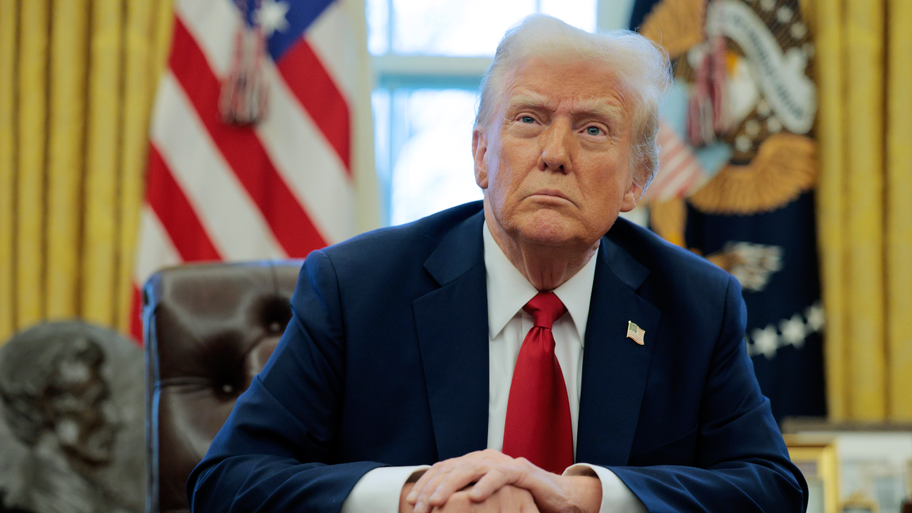The Impact of Economic Trends on the Average Business Loan Interest Rate
Navigating the world of business loans can feel like walking through a maze. One key factor that influences your journey is the average business loan interest rate. As economic trends shift, these rates fluctuate, impacting your ability to secure funding at favorable terms. Whether you're a startup seeking capital or an established enterprise looking to expand, understanding how these trends affect loan rates is crucial for making informed financial decisions. Let's dive into what you need to know about current and future interest rates and how they shape the landscape for businesses everywhere.
The Impact of Economic Trends on the Average Business Loan Interest Rate
Economic trends play a significant role in shaping the average business loan interest rate. When the economy is thriving, demand for loans typically rises. Lenders may respond by increasing rates due to heightened competition among borrowers.
Conversely, during economic downturns, lenders might lower rates to encourage borrowing and stimulate growth. This can make capital more accessible for businesses struggling to stay afloat or expand operations.
Global events also influence these trends. Geopolitical tensions and market volatility can lead to fluctuations in interest rates as financial institutions reassess their risk exposure. Staying informed about these factors can help businesses time their loan applications strategically for optimal rates.
Average Business Loan Interest Rates in 2025
As we look ahead to 2025, average business loan interest rates are expected to experience notable fluctuations. Economic recovery efforts and evolving market conditions will play crucial roles in shaping these rates. If inflation remains under control, businesses may benefit from more favorable borrowing costs.
Predictions suggest that the average rate could stabilize between 4% and 6%. However, this range largely depends on overall economic performance and the Federal Reserve's policies. Small adjustments can significantly impact how businesses approach funding.
The competitive landscape among lenders also influences interest rates. As institutions vie for clients, they might offer attractive terms to secure new borrowers amidst changing economic realities. Keeping an eye on these trends is vital for savvy business owners looking to optimize their financing strategies.
Factors Influencing Business Loan Interest Rates
Several factors play a crucial role in determining the average business loan interest rate. One significant element is the creditworthiness of the borrower. Lenders assess credit scores and financial histories to evaluate risk, influencing the rates offered.
Economic conditions also have a direct impact. When inflation rises or falls, lenders adjust their rates accordingly to maintain profitability while managing risks associated with lending.
Market competition can't be overlooked. In a competitive landscape, banks and financial institutions may lower their rates to attract more borrowers. This dynamic interplay between various factors ultimately shapes what businesses can expect when seeking loans.
What is a Factor Rate?
A factor rate is a straightforward way to understand the cost of borrowing, often used in alternative financing options. Unlike traditional interest rates that can confuse borrowers with compounding calculations, a factor rate provides a simple multiplier for the total loan amount.
For example, if you receive a loan of $10,000 with a factor rate of 1.2, you'll pay back $12,000. This method makes it easier to see your repayment obligations upfront without hidden fees or complex terms.
Businesses often use factor rates in merchant cash advances or invoice factoring. These loans typically cater to those who need quick access to funds and may not qualify for conventional financing solutions based on credit history alone.
Federal Funds Rate
The Federal Funds Rate is a critical benchmark for interest rates across the economy. It represents the interest banks charge each other for overnight loans. This rate influences various financial products, including business loans.
When the Federal Reserve adjusts this rate, it sends ripples through borrowing costs. A lower federal funds rate typically leads to reduced average business loan interest rates, making capital more accessible. Conversely, an increase can tighten lending conditions.
Businesses often watch these changes closely. Understanding how the federal funds rate impacts their financing options can help them make informed decisions about growth and investment strategies in a fluctuating economic landscape.
Impact of Economic Trends
Economic trends play a significant role in shaping the average business loan interest rate. When the economy is thriving, lenders are more likely to offer lower rates due to increased competition and optimism about repayment. Businesses often expand during these times, creating a higher demand for borrowing.
Conversely, in an economic downturn, lenders may raise interest rates as they perceive greater risk. This can lead to tighter lending practices and fewer funding opportunities for businesses. The fear of defaults influences how banks set their rates.
Inflation also impacts interest rates directly. As inflation rises, central banks typically increase their benchmark rates to stabilize prices. This can further elevate the average business loan interest rate across various sectors.
Strategies to Secure the Best Business Loan Interest Rate
To secure the best business loan interest rate, start by improving your credit score. Lenders often offer better rates to borrowers with strong credit histories. Pay down existing debts and ensure timely payments to boost your score.
Next, gather all necessary documentation early in the process. A well-prepared application demonstrates professionalism and helps lenders assess risk quickly. Include financial statements, tax returns, and a solid business plan.
Shop around for different lenders. Each institution has varied criteria and terms that can significantly impact the average business loan interest rate you receive. Consider community banks or credit unions; they may provide competitive offers compared to larger institutions.
Historical Business Loan Interest Rates by Year
Historical business loan interest rates have fluctuated significantly over the years. In the early 2000s, rates were relatively low, hovering around 5% to 6%. This environment encouraged many entrepreneurs to seek financing for growth and expansion.
As we moved into the financial crisis of 2008, interest rates surged due to market instability. Rates reached highs of nearly 7% as lenders tightened their belts and became more cautious in their lending practices.
In recent years, particularly post-2020, we’ve seen a trend toward lower average business loan interest rates again. Many factors influenced these changes, including economic recovery efforts and government policies aimed at stimulating growth within small businesses.
Conclusion
Understanding the average business loan interest rate requires a close look at various economic indicators and trends. As we've explored, these rates are influenced by multiple factors such as the Federal Funds Rate and broader economic conditions. Keeping an eye on market shifts can help businesses secure more favorable financing options.
By adopting effective strategies for securing loans, entrepreneurs can position themselves better in varying interest environments. Historical data also provides valuable insights into how past events have shaped today's rates.
As you navigate your borrowing journey, staying informed about both current trends and historical patterns will empower you to make smarter financial decisions. Whether you're starting a new venture or expanding an existing one, understanding these dynamics will be crucial for achieving your business goals.












.png)

 English (CA) ·
English (CA) ·  English (US) ·
English (US) ·  Spanish (MX) ·
Spanish (MX) ·